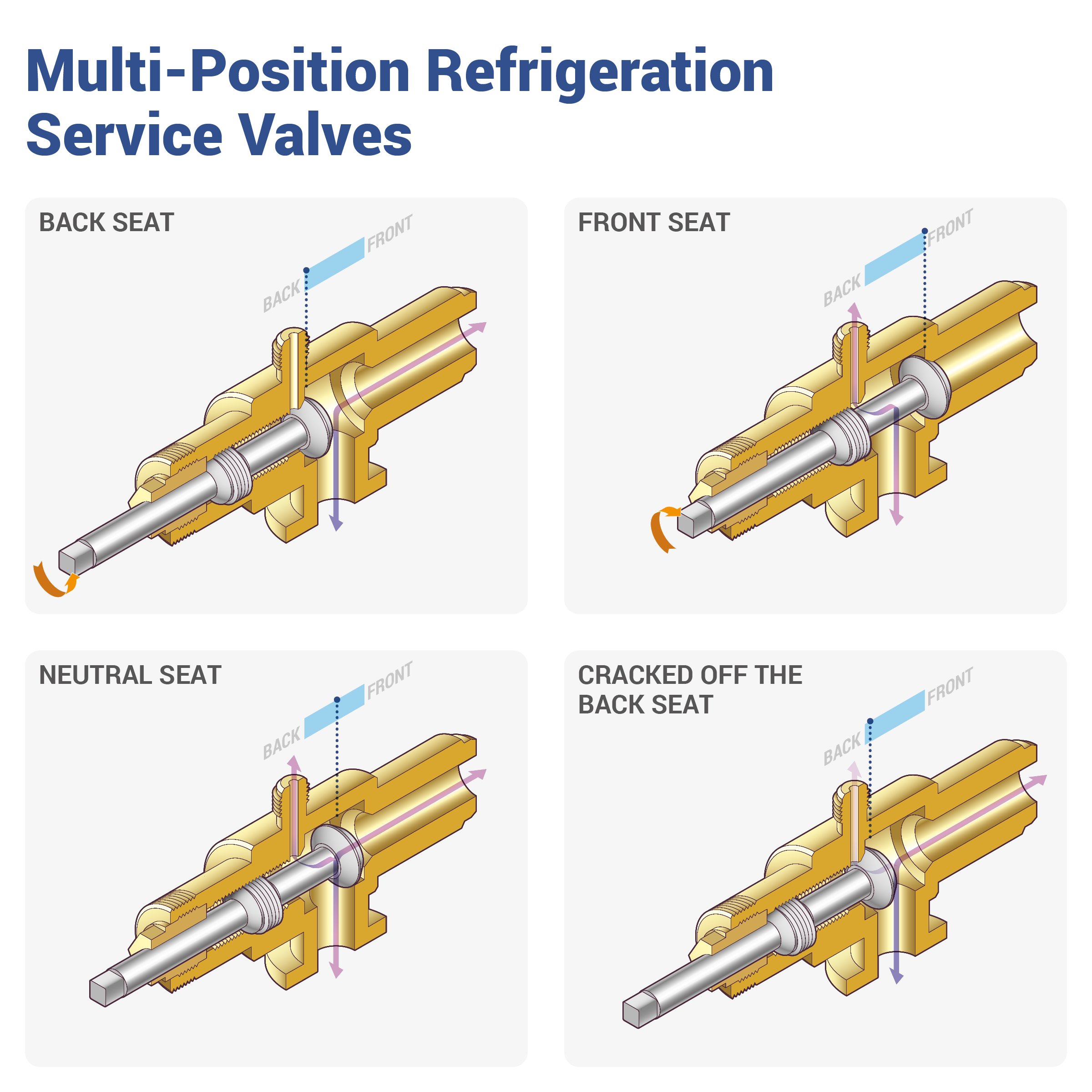Get Tech Tips
Subscribe to free tech tips.
Walk-In Cooler Defrost
This article is a quick, real-life diagnosis/find by Kalos Services senior commercial HVAC/R tech Eric Mele.

Improper Defrost Timer installation
While servicing this display cooler for an unrelated problem, I noticed the defrost timer installed in a way that will almost certainly cause early compressor failure.
Because this is a cooler (not a freezer), it is set to defrost by simply shutting off the compressor four times per day while still running the evaporator fans. If you look at the timer, you will see that the little pins are flipped four times per 24-hour period.
If you are not familiar with remote coolers and freezers, they are designed to pump down into the condenser/receiver at the end of each cooling cycle by closing a liquid line solenoid and shutting it off via low-pressure control. That is because the areas they control are kept so cold that a good amount of liquid refrigerant would migrate to the evaporator in the off cycle.
The timer was installed at the condensing unit and would stop the condensing unit/compressor from running during the defrost event, but it would not cause the unit to pump down during defrost. This will likely cause a flooded start at the end of each defrost when the liquid refrigerant rushes into the compressor on startup.
There are no interconnecting wires between the evaporator and condenser, which is common on remote walk-in systems. The easiest way to correct this problem is to relocate the defrost timer into the evaporator and break power to the liquid line solenoid valve during defrost.
The diagram below shows how it was initially connected and then how we rectified the situation.

—Eric M.










Comments
To leave a comment, you need to log in.
Log In